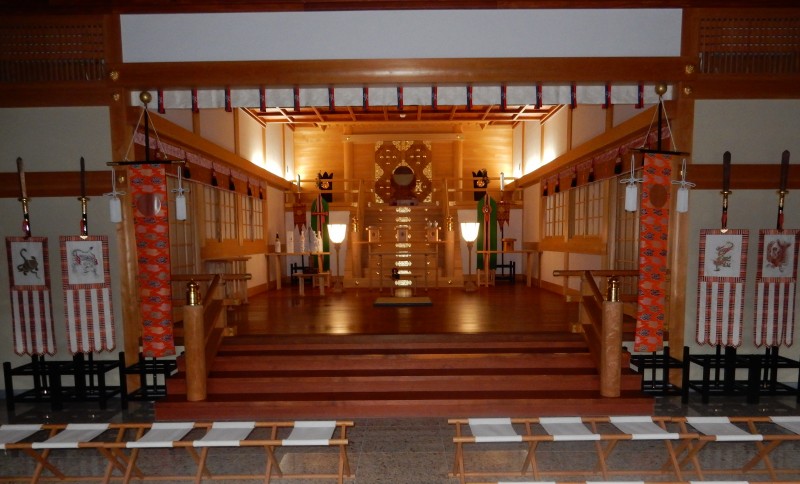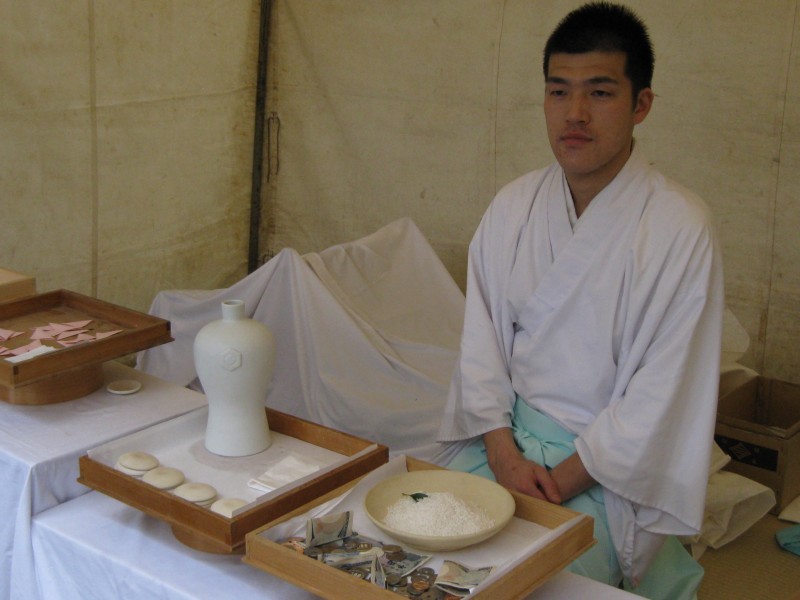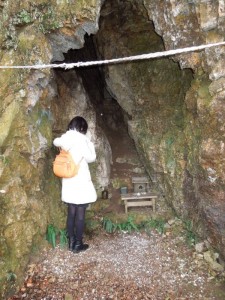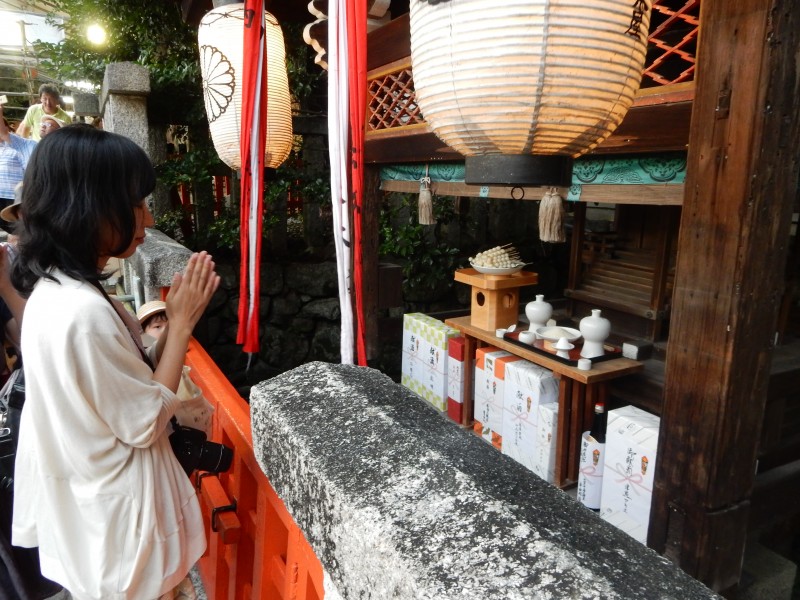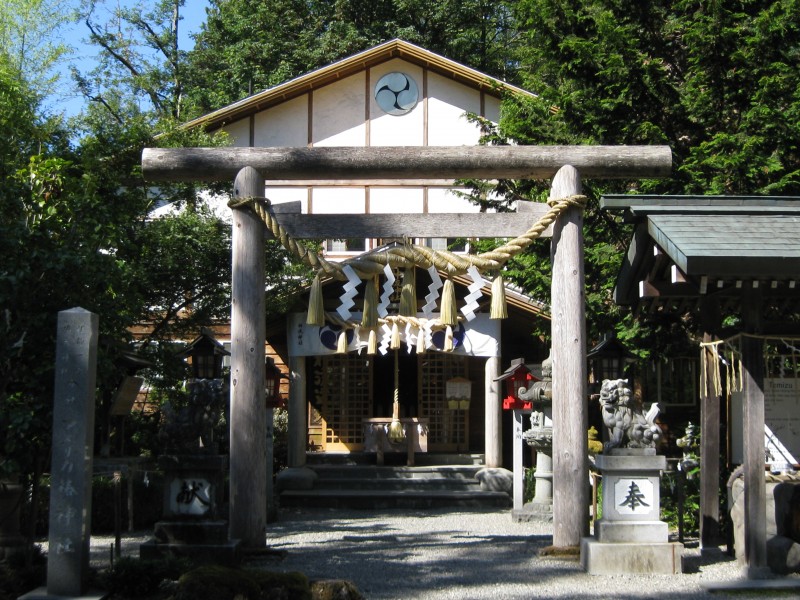
Tsubaki Grand Shrine of America
Further to the announcement of a Shinto New Year in Los Angeles, Green Shinto is pleased to announce the largest Hatsumode celebrations in North America, at the Tsubaki Grand Shrine in Granite Falls, Washington State.
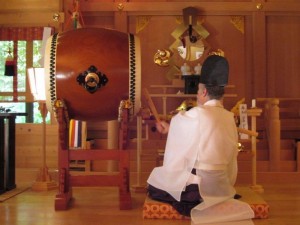
Rev Barrish drums up the spirits in readiness for the big renewal at New Year
******************
Rev. Koichi Barrish writes…
HATSUMOUDE 2017
Welcome the New Year and receive blessings of Okamisama at America Tsubaki Grand Shrine.
Dear friends of Tsubaki Grand Shrine of America…in a few weeks we will conduct the Saitan-sai/ 1st Gishiki of the New Year HEISEI 28/ HINOTO TORIIDOSHI/ IPPAKU SUISEI CHUGU/ 2017. I will pray before enshrined Tsubaki Okamitachi on behalf of all Sukei-sya/ shrine members and also all sanpaisya/ worshippers who will make Omisoka Hatsumoude …it is so nice that we have all manifested from infinite Divine Nature to share this precious moment of life together—
KOTOSHI WA ARIGATOU GOZAIMASU [With thanks for this year]
RAINEN MO YOROSHIKU ONEGAISHIMASU [Please continue your favour next year]
HATSUMOUDE 初詣
First shrine visit of New Year
Every one can receive Okami’s Blessing /good luck for new year.
Dec.31,2016
Open gate- 11:30pm-0:30am of Jan.01
SAITANSAI (first ceremony of new year ) at midnight
Jan.1 ,2017
Open gate – 9:30am-5pm
Oharae (ceremony) Every 45min.
10:30, 11:15, 12:00, 12:45, 1:30, 2:15, 3:00, 3:45
Jan.02 , 2017
Open gate – 10am-4pm
Oharae (ceremony) Every hour. 11:00, 12:00, 1:00, 2:00, 3:00
—-To welcome the many thousands of visitors who will make Hatsumoude, a group of 25 Suukei-sya (shrine members) will travel from various locations to volunteer as Hatsumoude Team …. There will be a parking team to help move cars in and out of the Jinja’s 150 parking spaces, an outside team that will take care of Uketsuke/ registration tent, Juyosyou / 3 station amulet receiving tent, team Zenzai/ sweet bean and mochi tent,and also takibi/ bon fire.
Other shrine friends will have tents serving Matcha/ tea, Wagashi/ Japanese Tea sweets and Amaguri/ hot chestnuts…. Inside the Shrine building there will be teams for Juyosyo/ amulets as well as Naorae. purified sake following ceremonies… Okagesamade, there is a real Matsuri feeling for visitors who welcome the new year by making Hatsumoude.
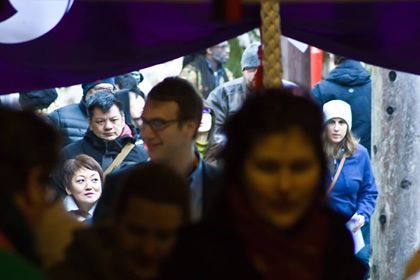
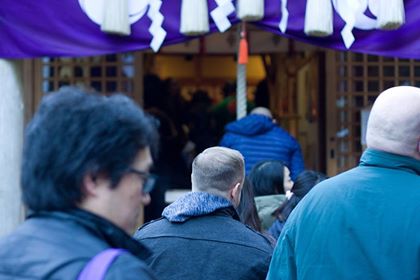
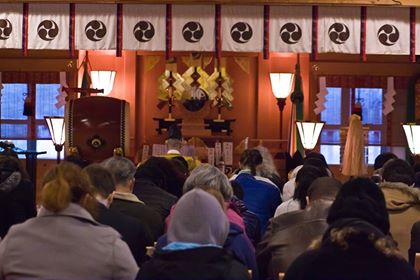
Photos of the 2016 Hatsumode, courtesy Rev Barrish
**********
For an interview with Rev Barrish, click here. For a report of a visit to the shrine, please click here
and here.

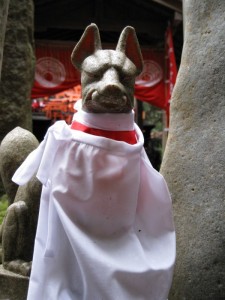
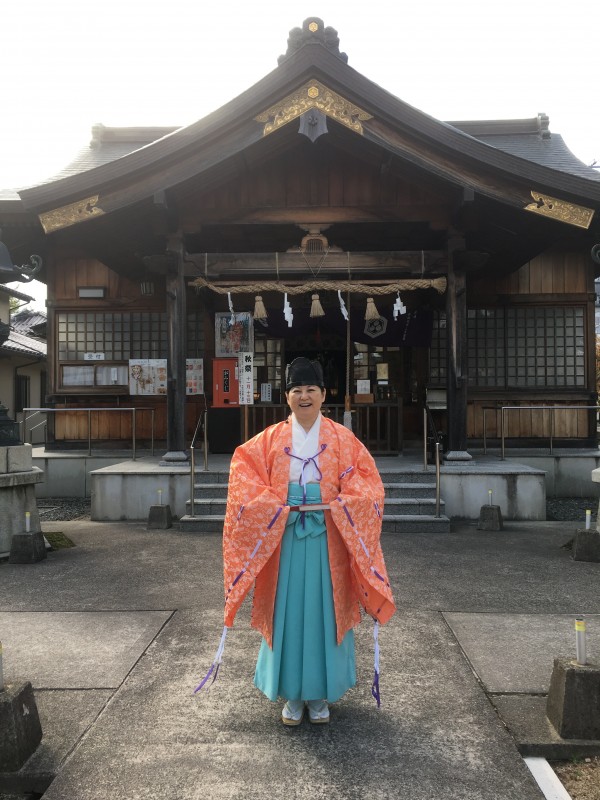
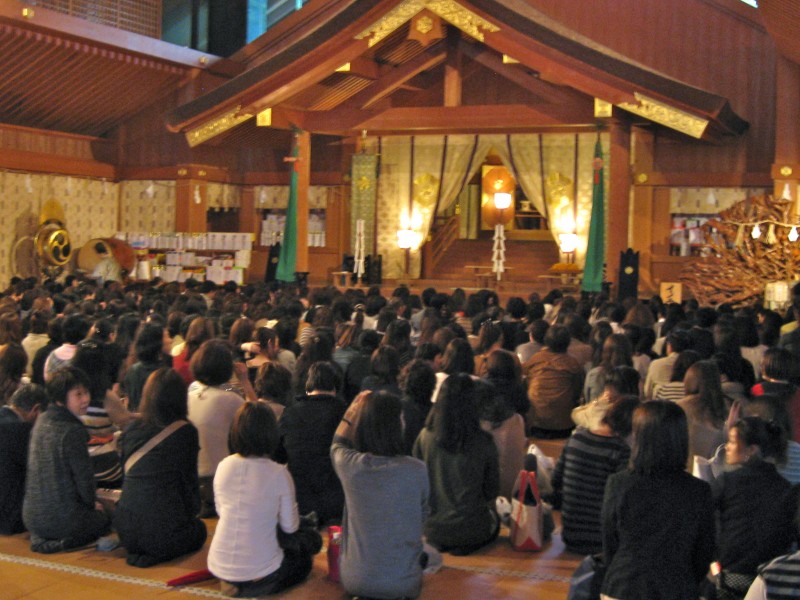
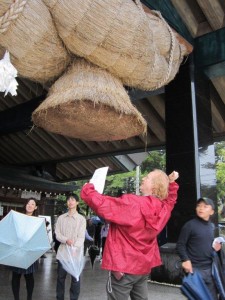
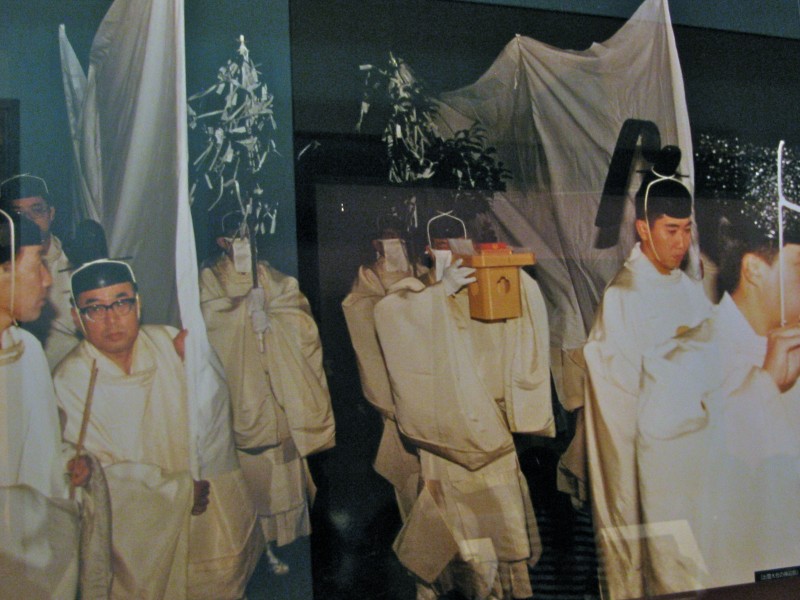
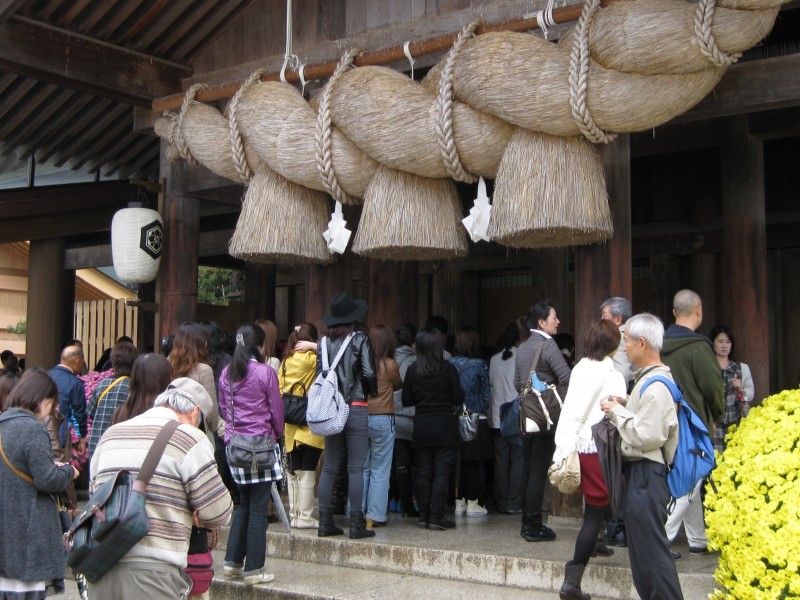
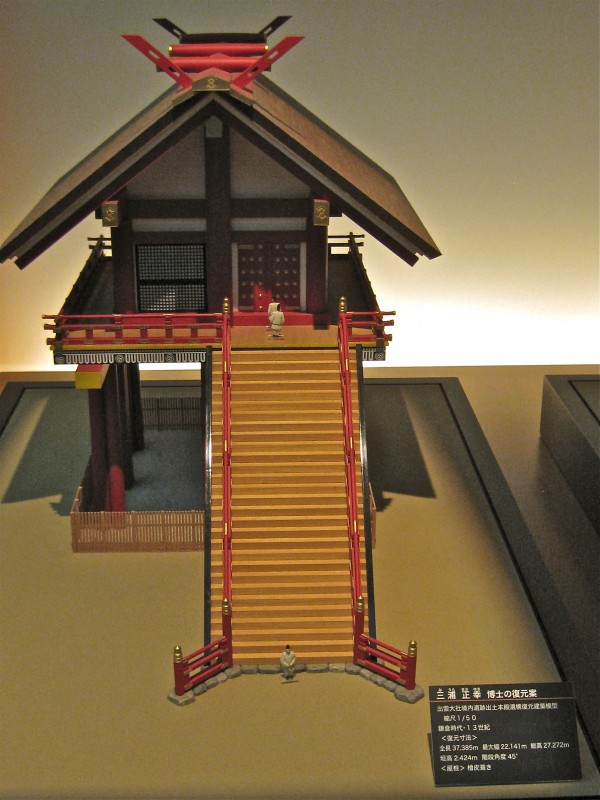
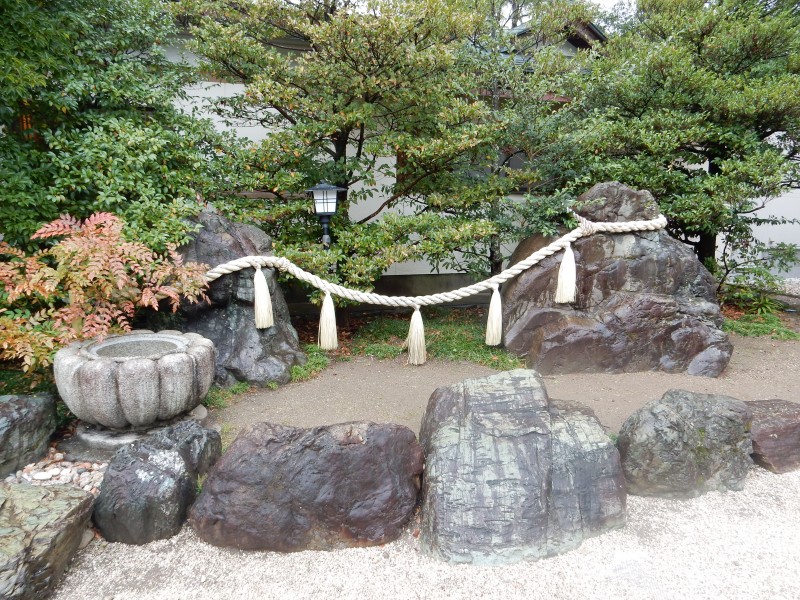
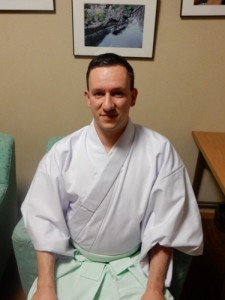
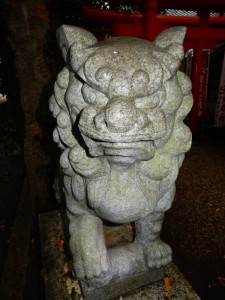
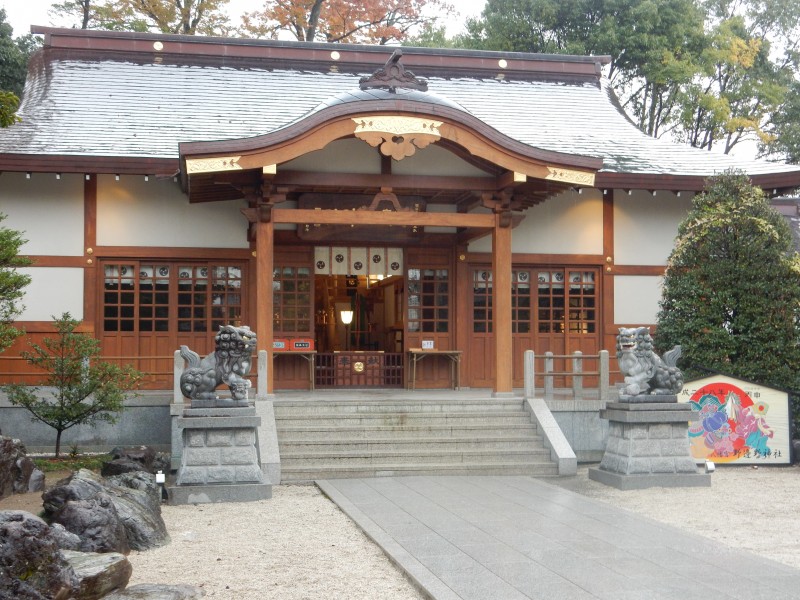
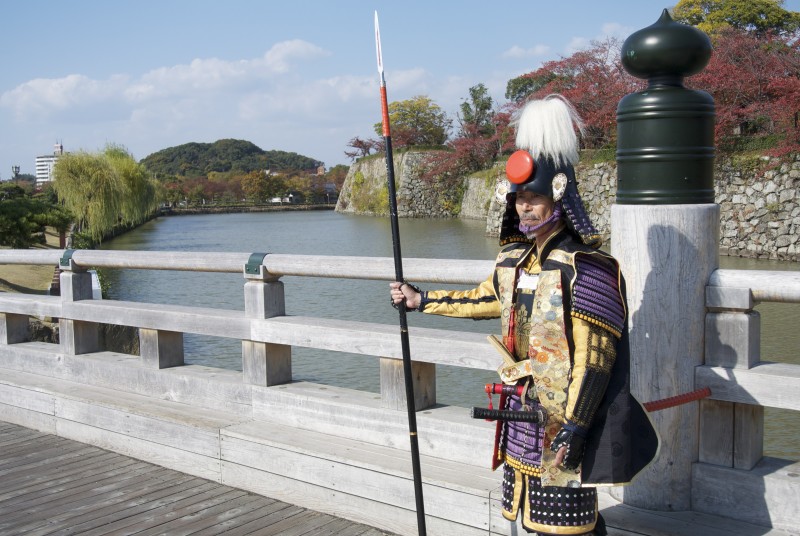 Sincerity, loyalty, self-sacrifice. Zen or Shinto values?
Sincerity, loyalty, self-sacrifice. Zen or Shinto values?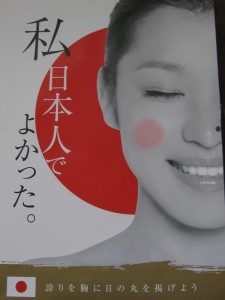
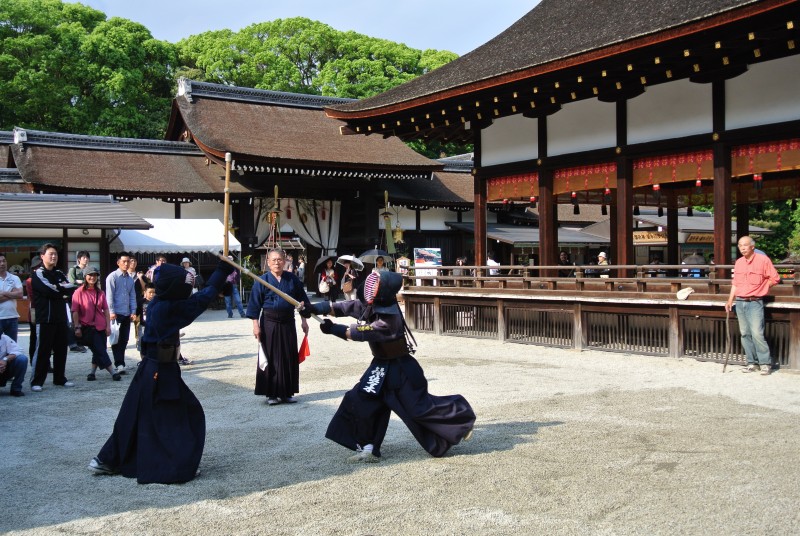
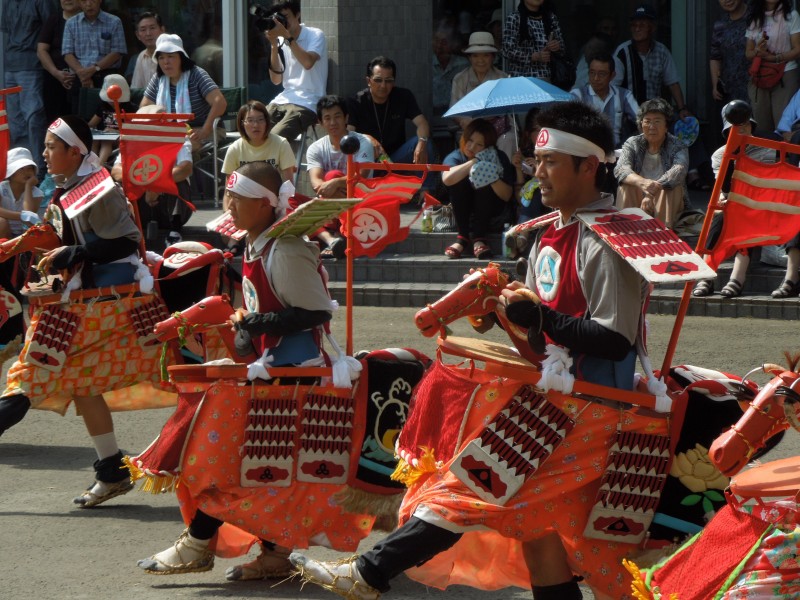
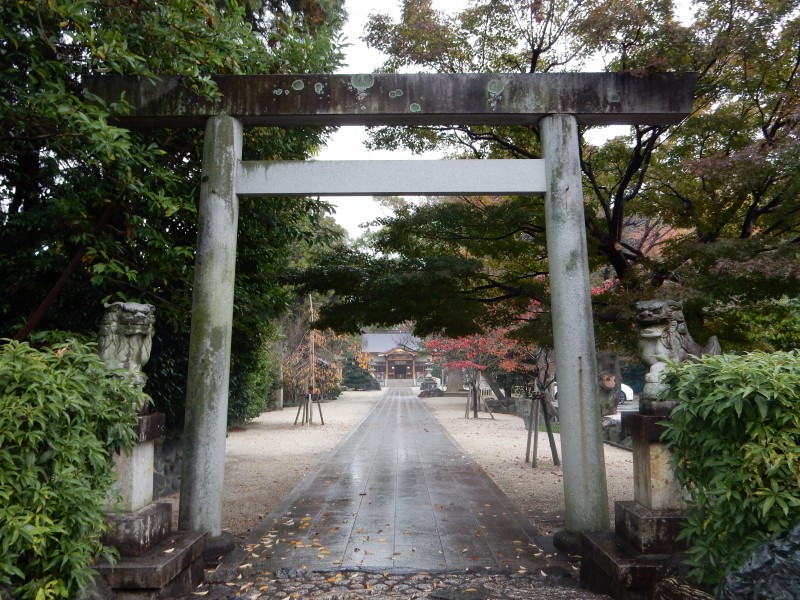
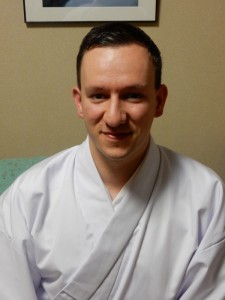
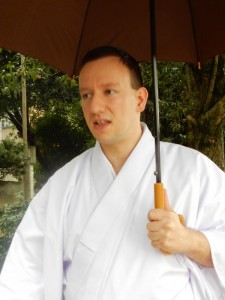 3) How exactly did you go about getting a licence?
3) How exactly did you go about getting a licence?
